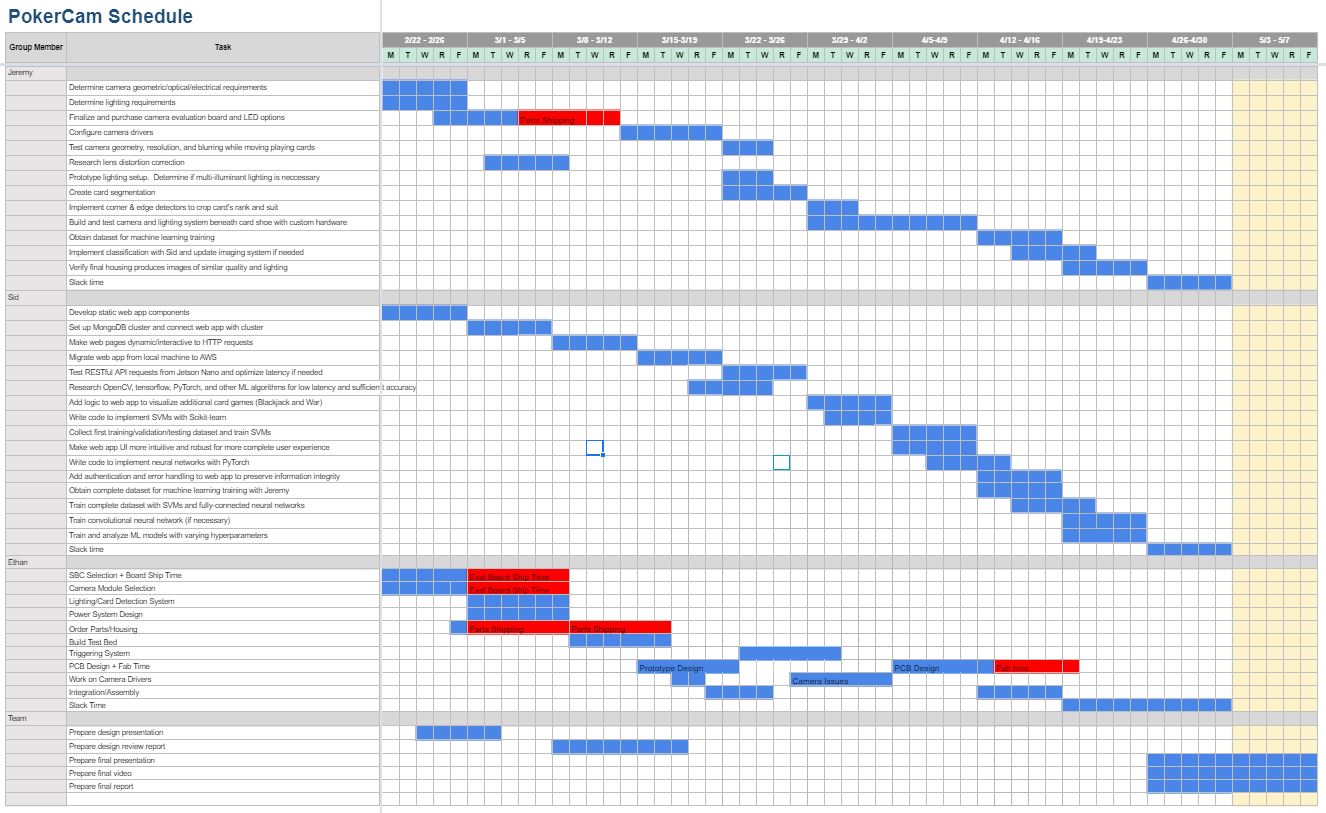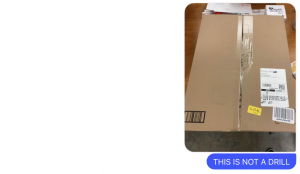This week, our team engaged in further testing of our system and built an enclosure to create constant lighting. Since the enclosure negatively influenced our ability to capture reliable images, we might not utilize our enclosure in our final demo. We made small amounts of progress in making our final poster and planning our final video. However, much work still needs to be done in writing our actual scripts for the video and doing all the filming.
Being able to finish these required deliverables (video and poster) is our most significant risk. In order to mitigate this risk, we are aiming to have all our scripts completed by tonight, so we can spend tomorrow simply filming and putting the videos together. Some additional testing about battery life still might need to be completed, so we also need to ensure all our end-to-end testing is complete tomorrow.




